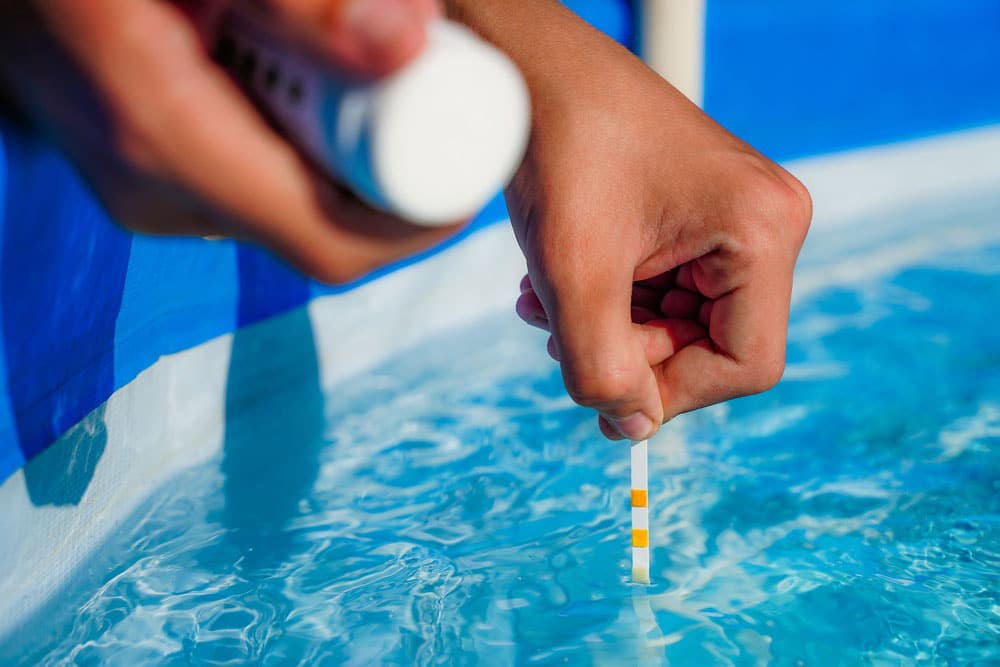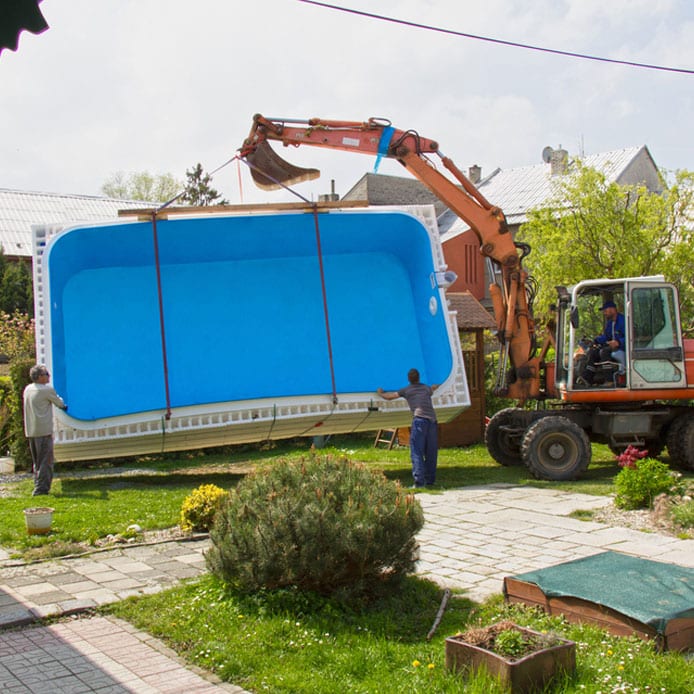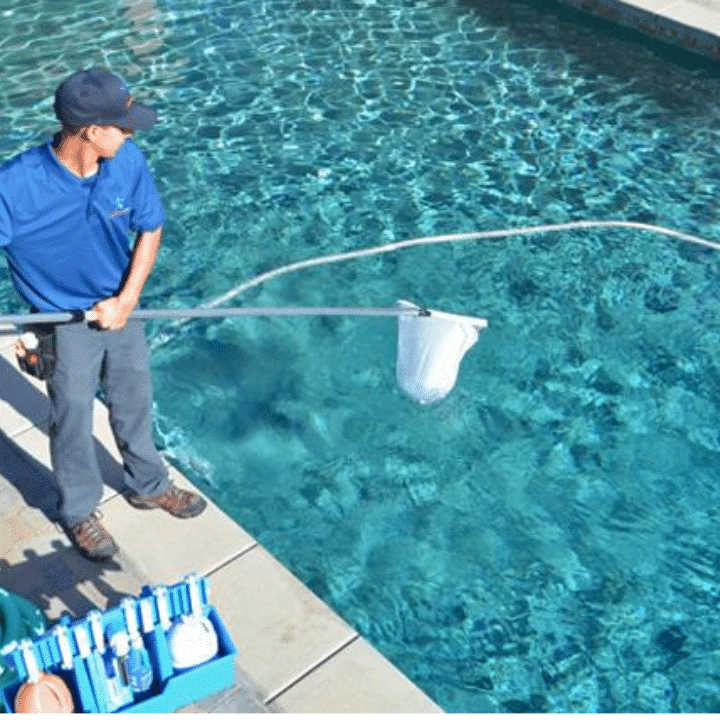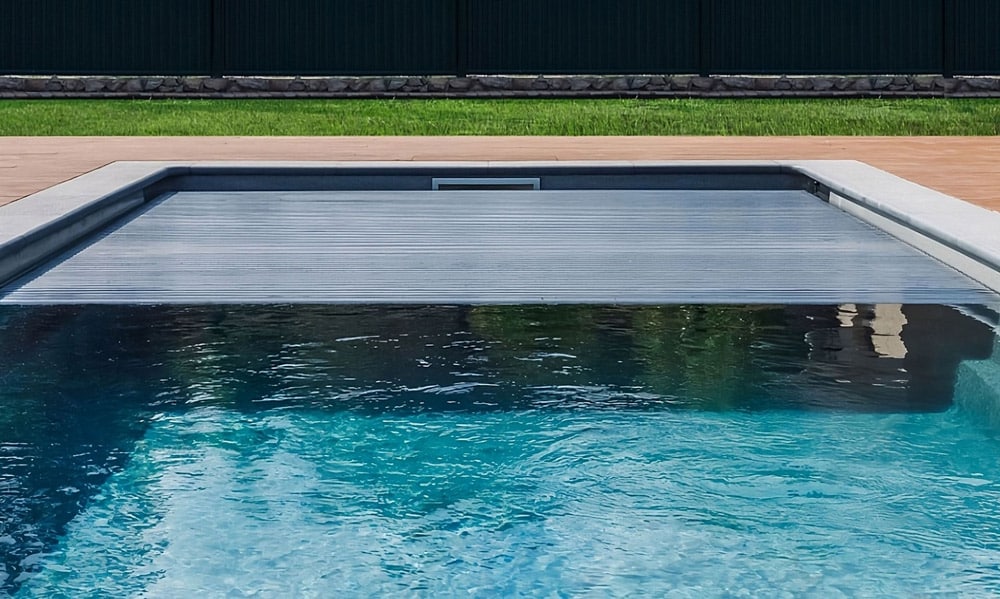Pool maintenance can be a challenging task, especially for new pool owners. Among the most important aspects of pool upkeep is ensuring proper pool chemistry. This important aspect of your pool provides a clean, clear and safe swimming environment. In this blog, we unpack everything you need to know about pool chemical to maintain ideal levels for safe swimming.
Understanding Pool Chemistry
To maintain perfect pool chemistry, it’s important to comprehend the role of various chemicals and their interrelationships.
Role of Different Chemicals
Every chemical added to your pool water performs a distinct function:
- pH: This component controls the acidity or basicity of your pool water, which can affect both the comfort of swimmers and the efficiency of your other pool chemicals.
- Chlorine: Acting as a powerful disinfectant, chlorine is responsible for killing harmful bacteria, viruses and algae that may reside in your pool water.
- Alkalinity: This component helps to stabilise the pH levels in your pool, preventing drastic fluctuations that could cause damage to your pool equipment or discomfort for swimmers.
- Calcium Hardness: This is important for preventing the erosion of plaster surfaces in your pool. If your pool water is too soft (low in calcium), it may cause your pool’s surfaces to deteriorate.
- Cyanuric Acid: This compound is essential for protecting chlorine from being rapidly depleted by the sun’s ultraviolet rays.
Pool chemistry isn’t just about maintaining individual chemical levels, but also about the balance between them. Imbalances can cause cloudy water, skin irritation and even equipment damage.
Ideal Pool Chemistry Levels
Next, let’s delve into the ideal levels for each critical pool chemical.
pH Level: The pH level indicates how acidic or basic your pool water is. An ideal pH level is between 7.4 and 7.6.
Chlorine Level: Chlorine keeps your pool water safe and clean. The ideal level for free chlorine typically falls between 1.0 and 3.0 ppm (parts per million).
Alkalinity Level: Total alkalinity helps stabilise pH levels. It should generally be kept between 80 and 120 ppm.
Calcium Hardness Level: Calcium hardness prevents plaster pool surfaces from eroding. The ideal level for calcium hardness is 200-400 ppm for concrete pools and 175-225 ppm for vinyl pools.
Cyanuric Acid Level: Cyanuric acid protects chlorine from the sun. The ideal level ranges from 30 to 50 ppm for outdoor pools, while indoor pools usually require none.
How to Adjust Pool Chemistry Levels
Knowing how to balance these chemicals is important for maintaining the health and longevity of your pool.
Methods to Raise or Lower Chemical Levels
You can adjust levels by adding specific chemicals:
- Raise pH with soda ash or sodium bicarbonate
- Lower pH with muriatic acid or sodium bisulphate
- Increase chlorine levels with chlorine or a chlorine compound
- Decrease chlorine levels by dilution (adding water to the pool)
- Raise alkalinity with sodium bicarbonate
- Lower alkalinity with muriatic acid
- Adjust calcium hardness with calcium chloride
- Alter cyanuric acid levels with cyanuric acid or water dilution
Importance of Regular Testing
Regular testing is essential to understand the current chemical composition of your pool, allowing for accurate adjustments. Experts recommend testing at least once a week in the summer and once every two weeks during the winter.
Experience Clear Water with Hi-Tech Pools & Spas
Maintaining the ideal pool chemistry levels might seem a complex task, but with the right knowledge and support, you can effortlessly dive into clear and healthy waters. If you have more questions or need expert help, Hi-Tech Pools & Spas is always at your service.














